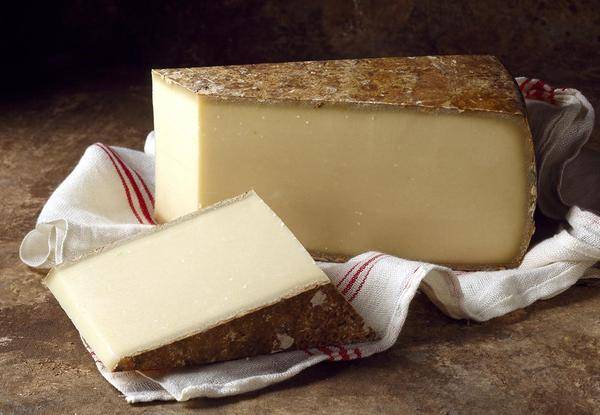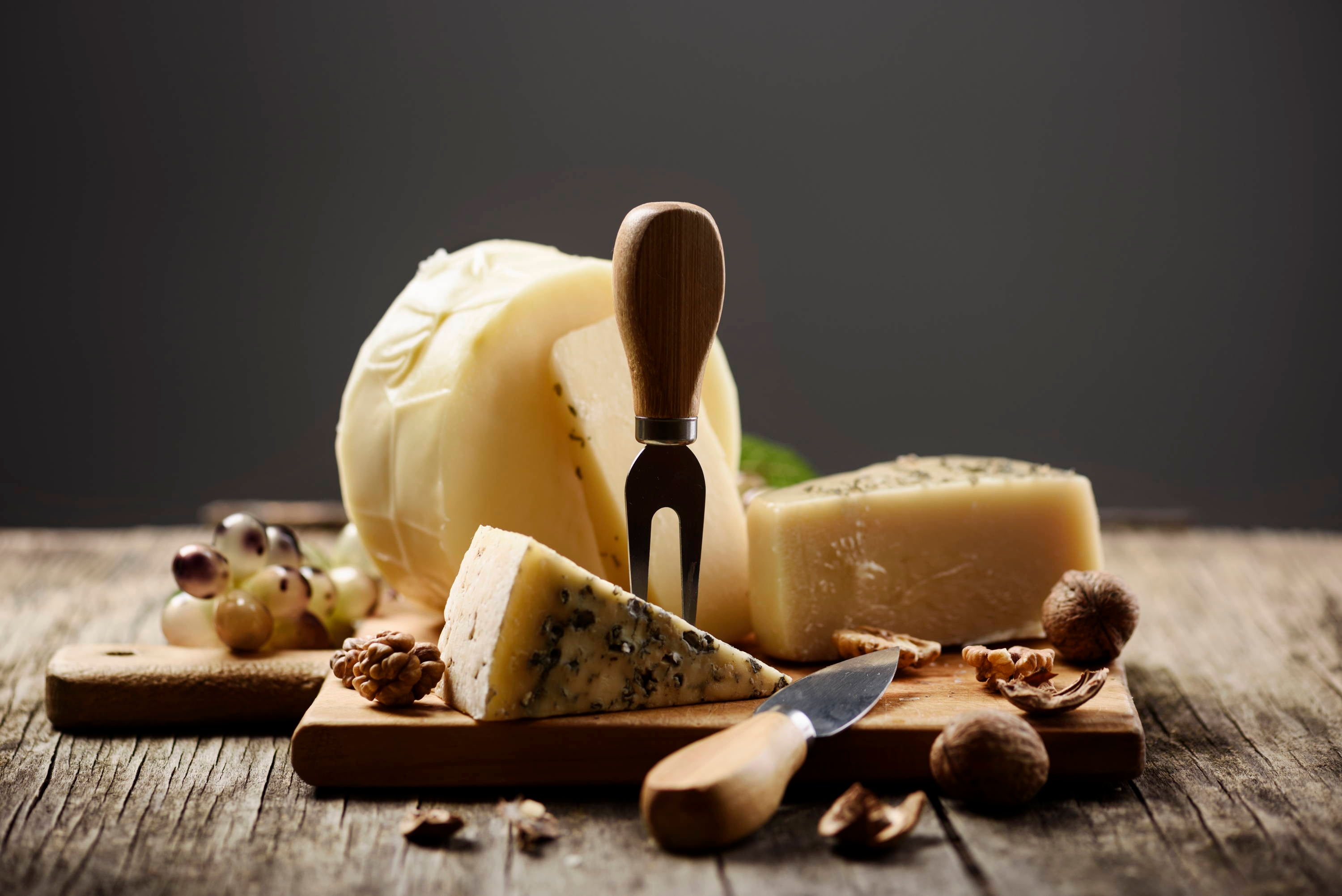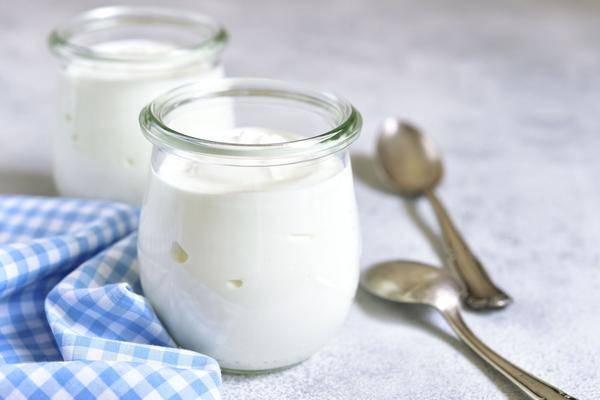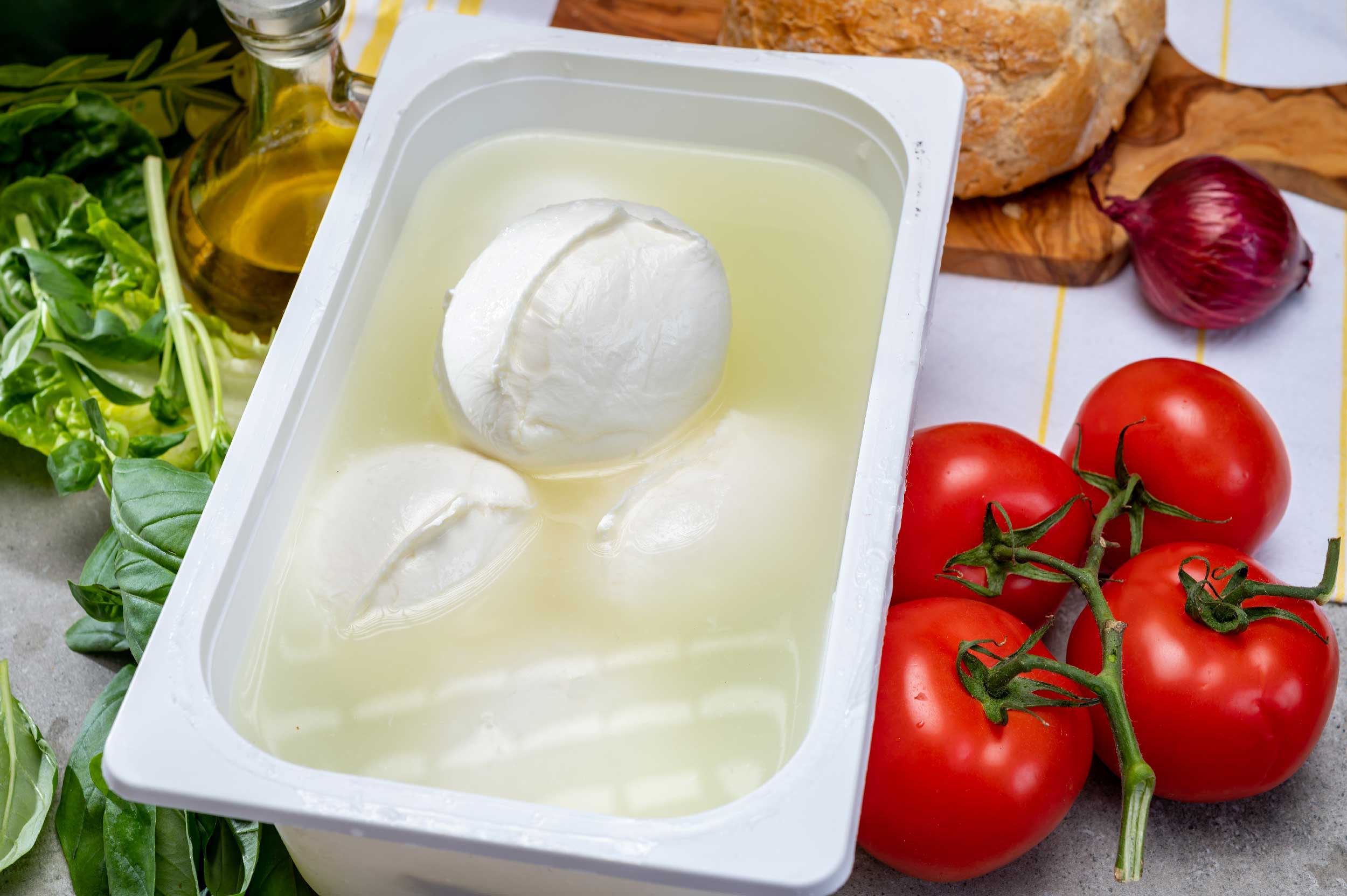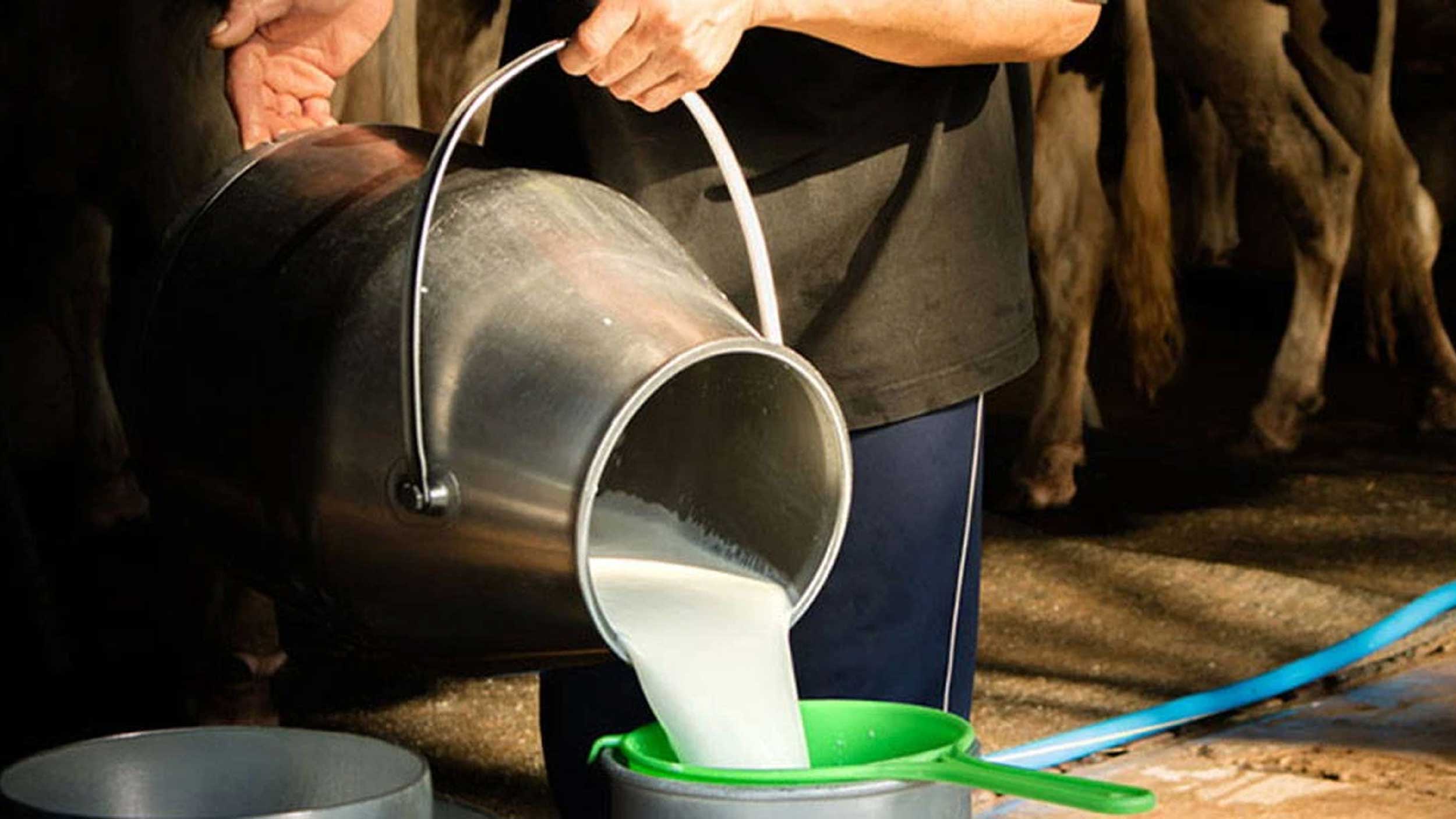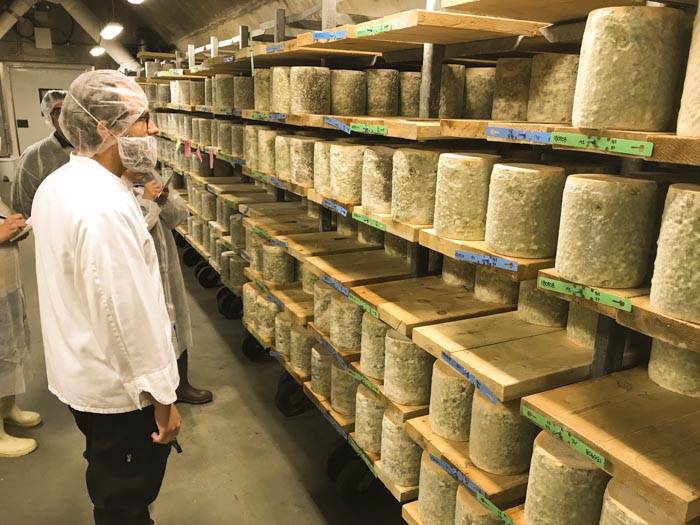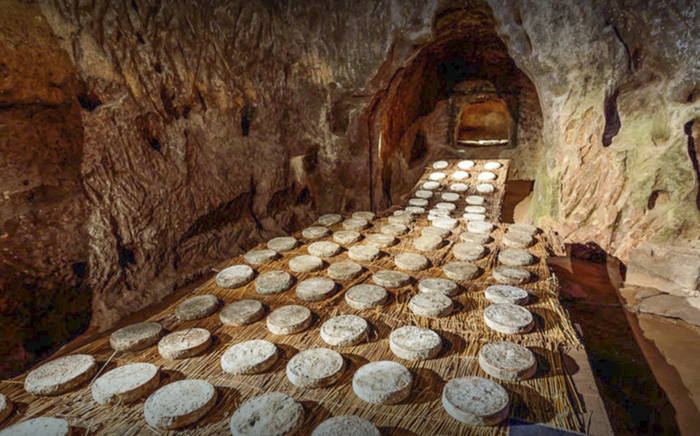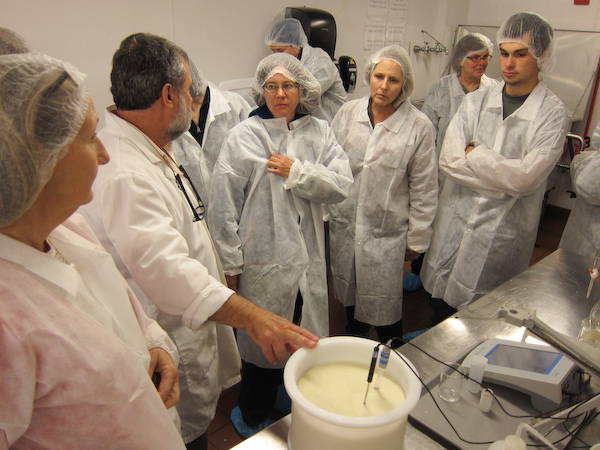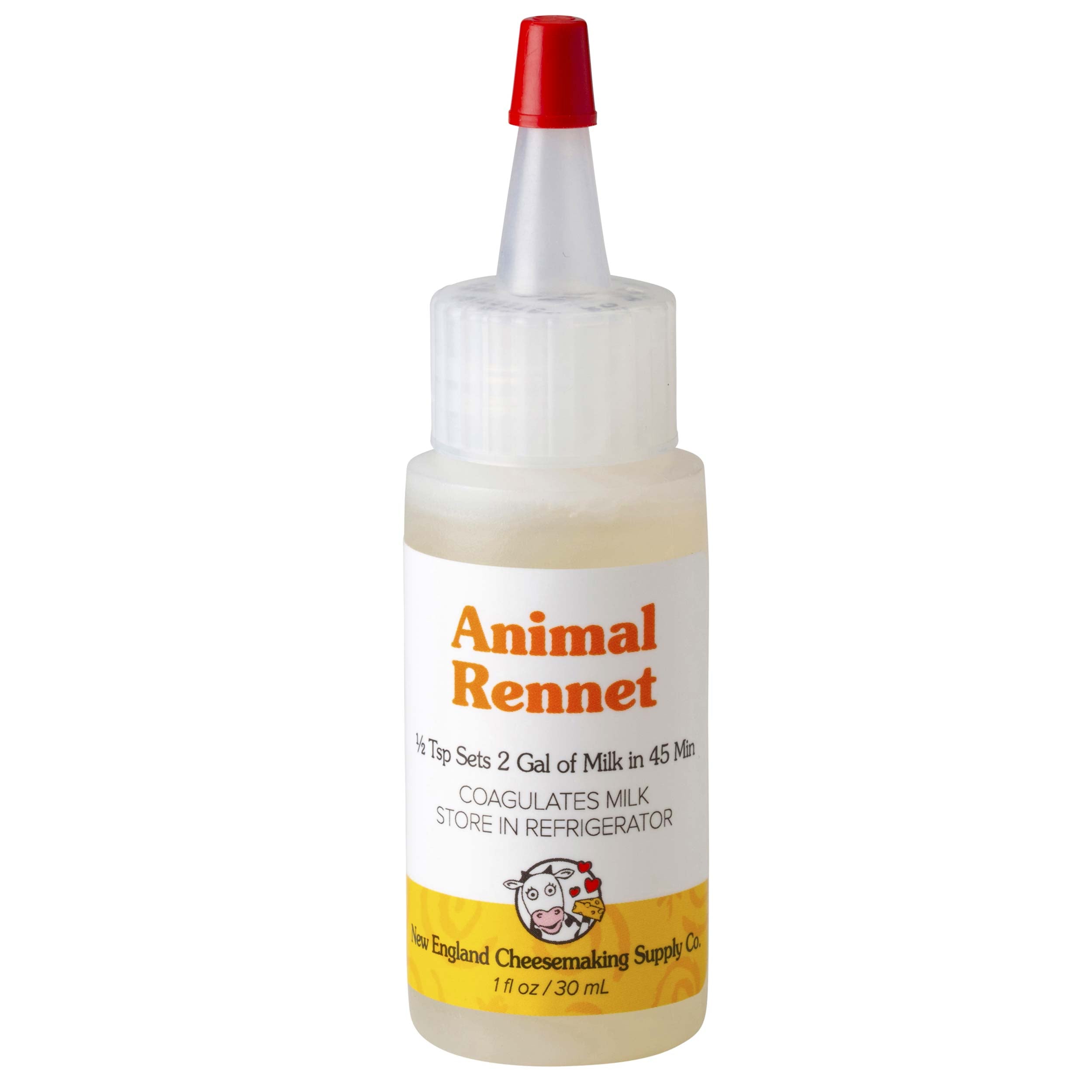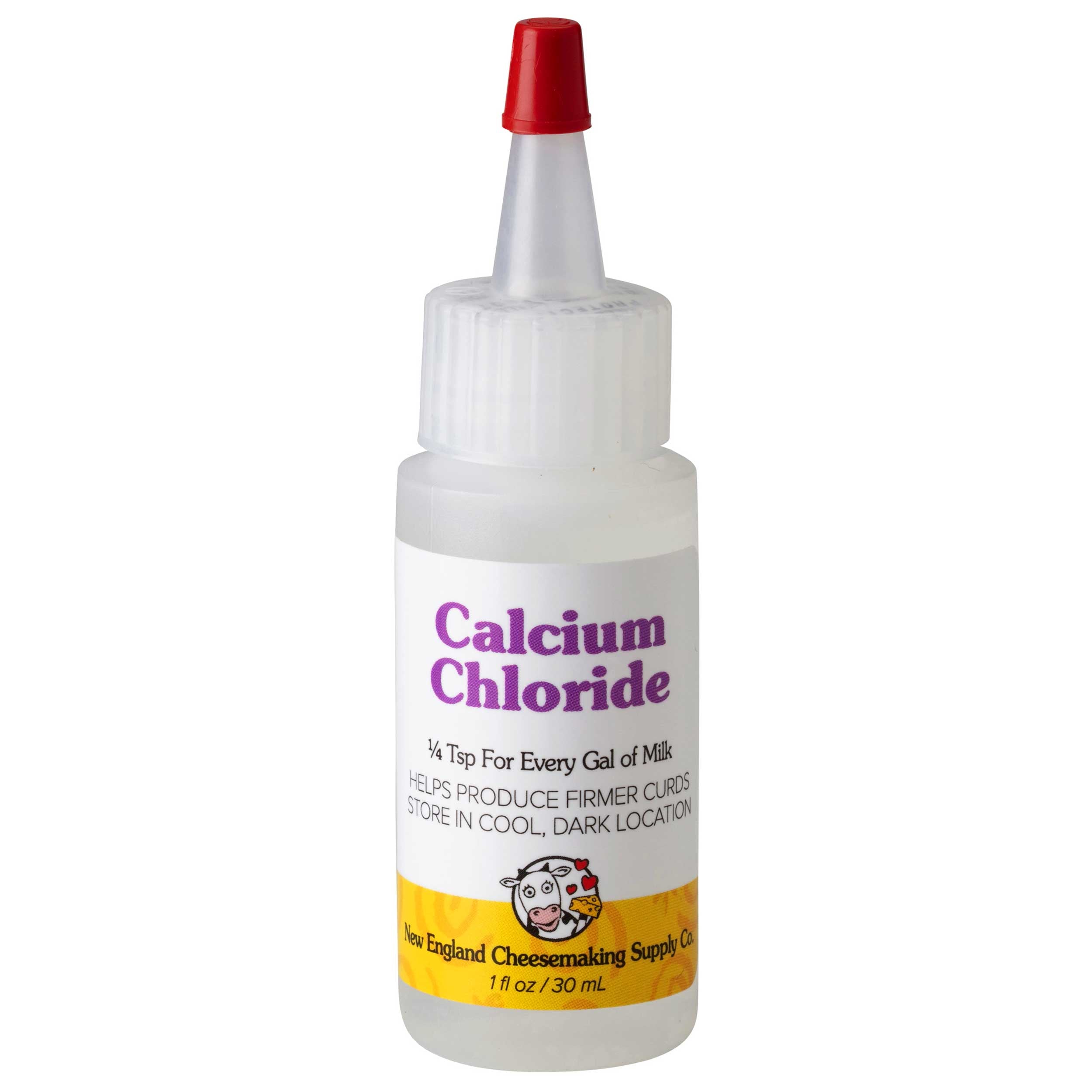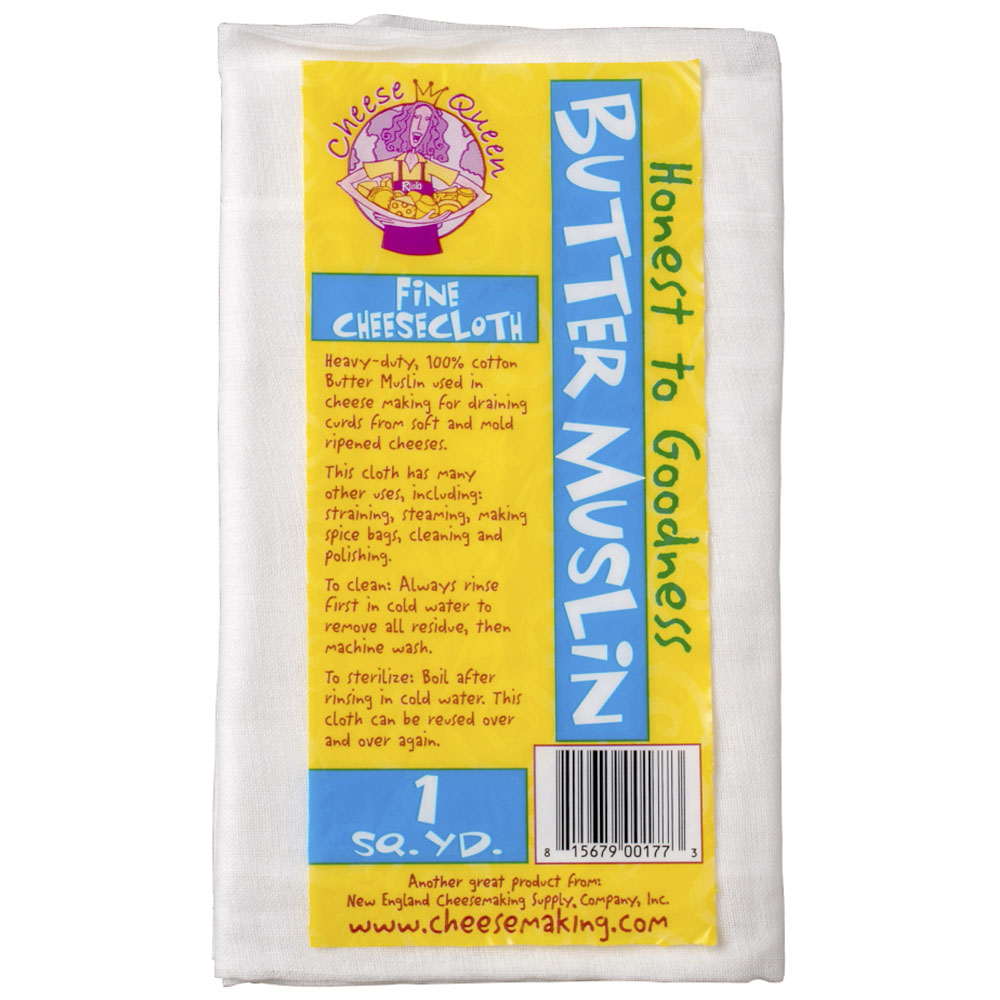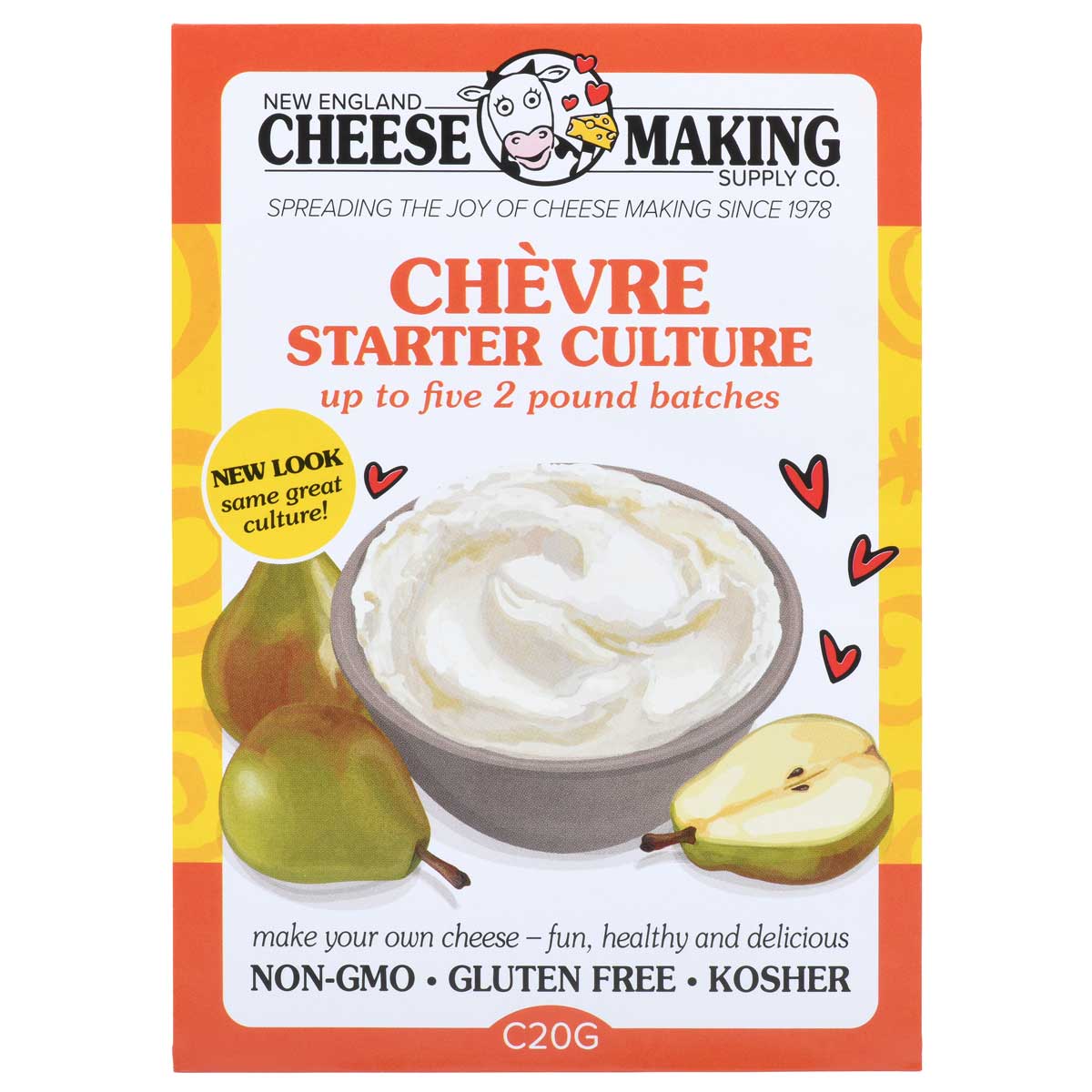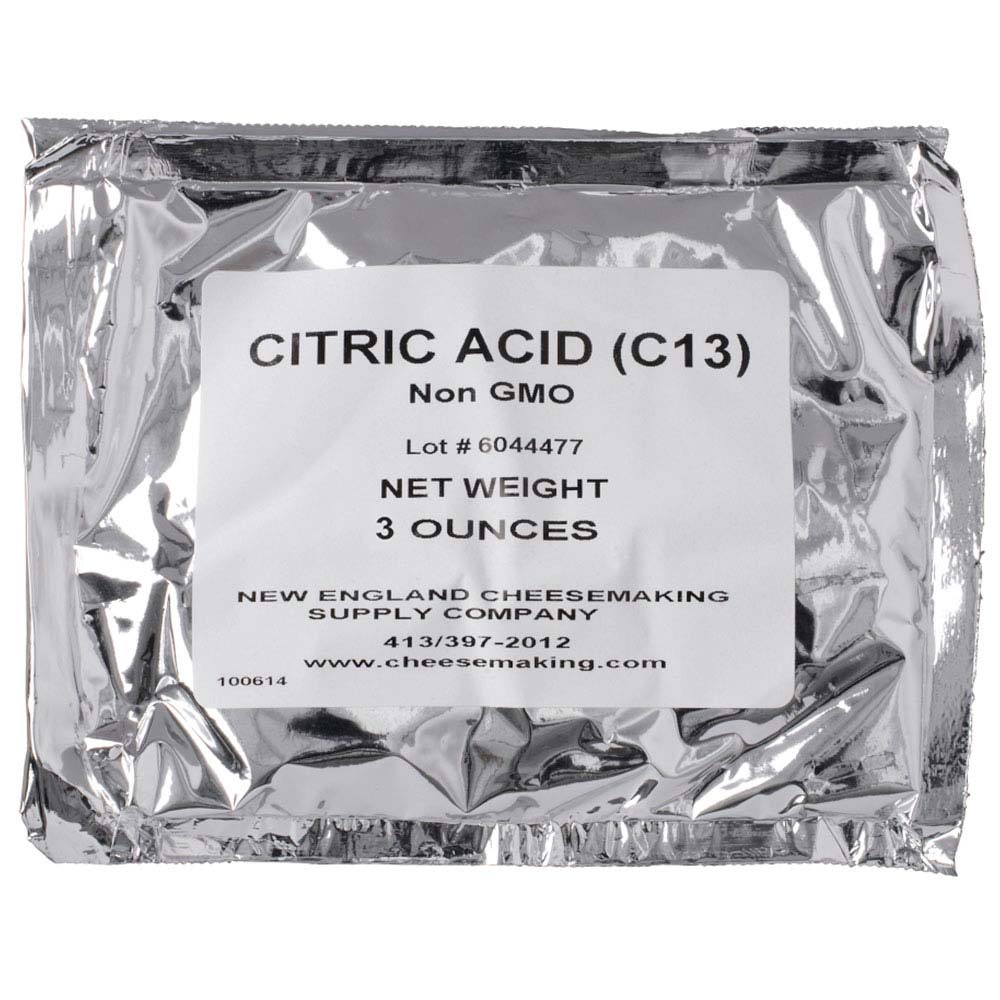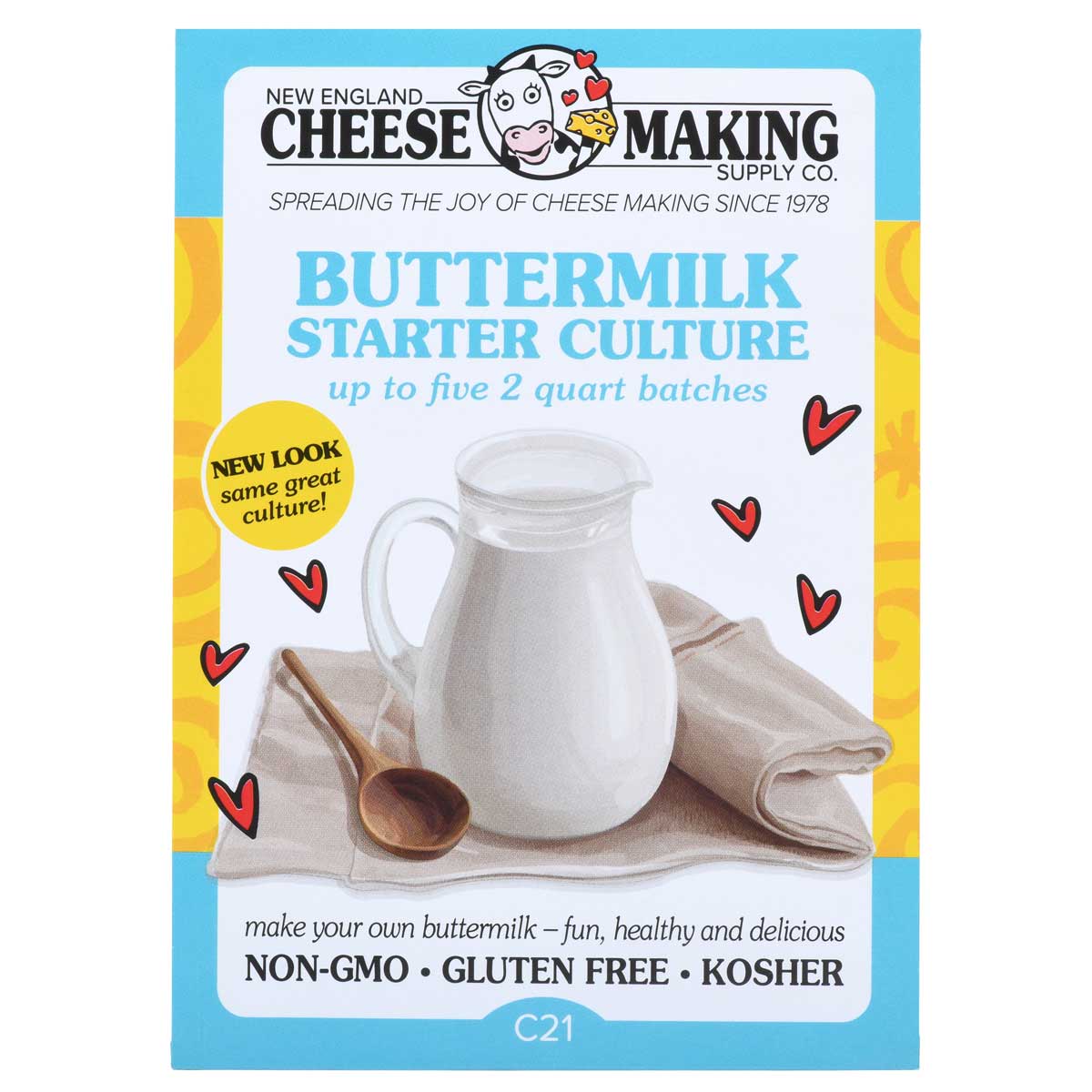Cheese Making Recipe of the Month
This recipe targets the style of Beaufort from the Alps of Savoie France
High in the Alps, from May to September, the herds are moved to the mountains and this cheese is made in the primitive chalets each morning and afternoon. This cheese recipe is a scaled down version of these huge mountain style cheeses and can easily be made at home following the directions.
Cheese Making Questions & Answers
Q. One recipe calls for a drop of liquid rennet and I only have tablets. How do I figure out what one drop is equal to?
A. Tablets do not equate to drops very well since 1/4 tsp equals 1/4 tablet and it would be difficult to cut much smaller. However, here is an approach: 1 tsp/tablet equals 20 drops, therefore 1/4 tablet would be 5 drops. If you dissolve 1 tablet in 5 tbsp of water each tbsp would equal 1 drop. You will need to toss the remainder since it will not keep.
Q. What is the difference in size and use between a large culture pack and the smaller packs? I notice some differences in bacteria, but in general, the packs make the same cheeses. I was wondering what options or benefits the large packs may offer.
A. MA011is equal to C101 and TA061 equals C201. The C101 and C201 are direct set cultures, intended for adding directly to your milk for making cheese, They are very convenient to use. They work in up to 2 to 4 gallons of milk each depending. The Larger packs are intended for much larger batches of 25 to 100 gallons and some home cheese makers are using them successfully for smaller batches.
The other large packs are more complex cultures as stated on the web page. The mother cultures C1 and C2 need to be first made up as a mother culture and then re-cultured for making cheese. This is fine when you are making cheese 2 or 3 times a week but much more labor intensive if only you are making cheese at home occasionally.
Q. I just waxed my first Gouda. It went great, except cleaning the equipment after waxing seems like a nightmare. Do you have any tips for cleaning up? Or did I just sacrifice my double boiler and brush to cheese wax forever?
A. Wax is messy, no way around that. The easiest way to clean is to reheat the pot and wipe up the liquid wax with paper towels. The final residue will clean up with very hot water and detergent. I use an old electric fry-pan (tag-sale cheap!!!). Tape the control where your wax melting temperature is good (I use a candy thermometer to measure this). Use this to dip the cheese into. There is no need for a brush with this method but be careful of splashing the wax is very hot. This will now be your permanant wax pan. Just cover and let harden until the next time.
Have a cheese making question, we're here for you: info@cheesemaking.com
Meet a Fellow Cheese Maker
Cheesemakers In Rwanda
We all live in Kigali, the capital of Rwanda, Africa. The only cheese that you can find abundantly here is Gouda. There is a German butchery that imports a few other kinds of cheese, but it is extremely expensive!! Kay, second from the right, started us all on making mozzarella from your kits, making pizza here a favorite. We also make our own cream cheese and sour cream, as they are scarce here. And I have tried some hard cheeses, and several recipes from your book for spreads.
One of the best things that has come from your website has been the knowledge we have gained about pasteurizing and separating the milk. Several families here now have the ability to have skim milk from a fresh dairy cow. It tastes so good! Plus, we then have plenty of cream to make other fabulous recipes. Thank you for having such a fun and informative website for us.
God Bless, Marie Platt
News From Fellow Cheese Makers
Another Creative Press
We made the Farmhouse Cheddar yesterday. I was going to use bricks that are in our back yard to press the cheese but when I dug them out of the snow, they were frozen to the ground and I couldn't budge them! So, my kids (aged 2 and 4) and I searched the house for heavy things and this picture shows what we came up with to make 20 lbs. of pressure. From bottom to top we have:
- A hard covered cookbook
- glass bowl
- two free weights (one 2 lbs and one 3 lbs)
- A 1/2 gallon sized mason jar filled with water
- A pewter cup filled with change
- A large bottle of conditioner
This made me laugh and wanted to share it with you. Needless to say, I ordered your press plans this morning! Gaea Meola
Please send your cheese making news & photos to: moosletter@cheesemaking.com






























